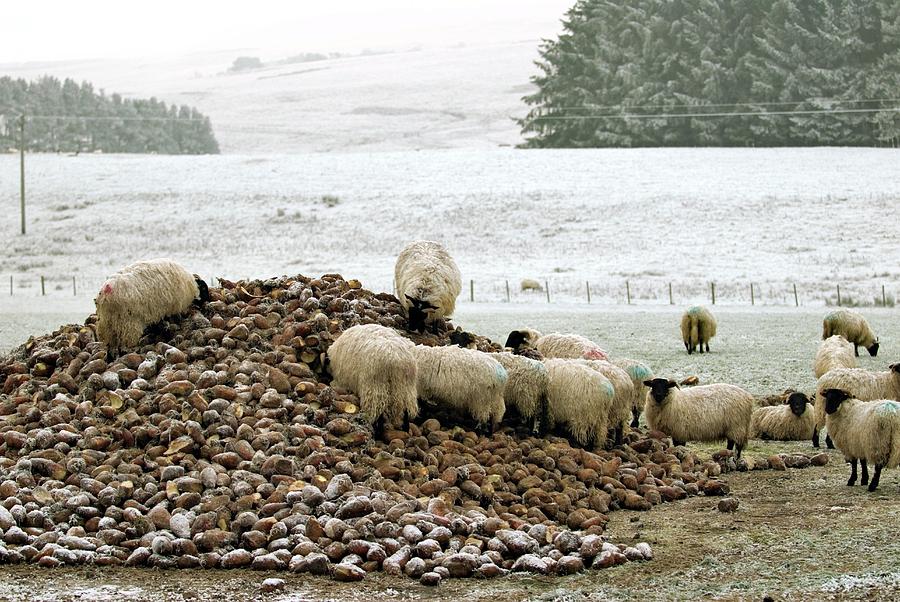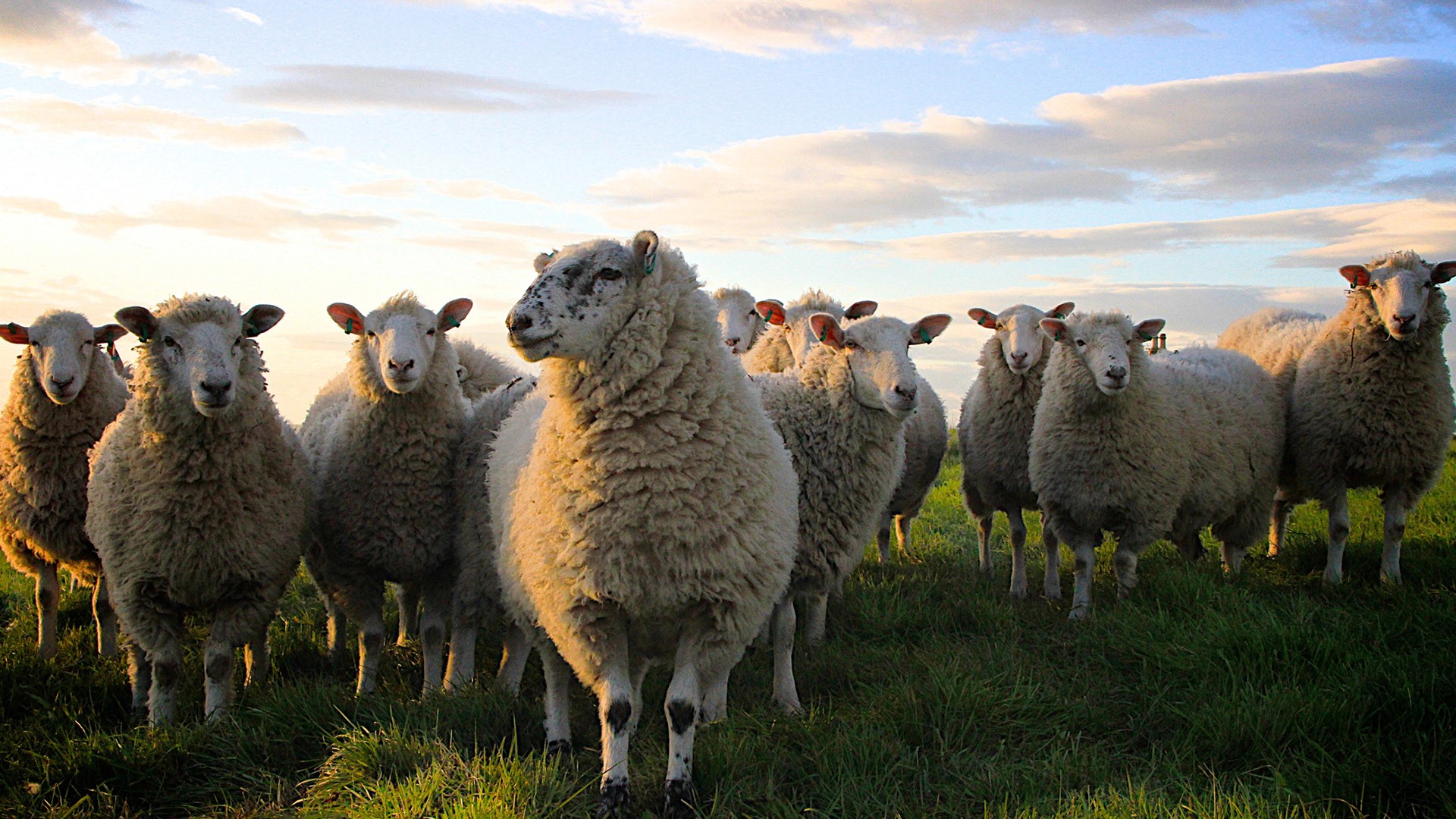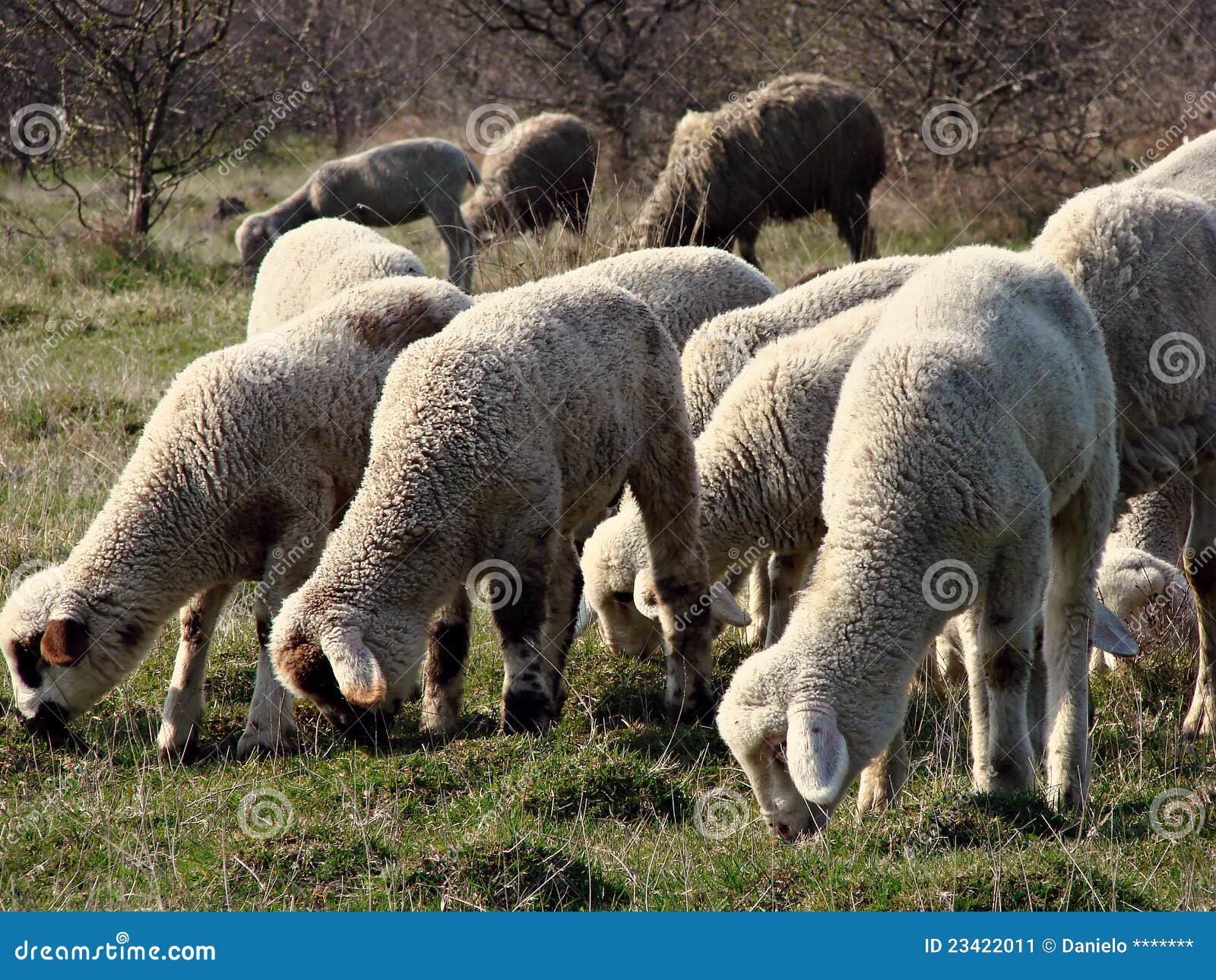
However, by 1984, it became apparent that the black animals were not 'rogues', so it was agreed to accept these as registerable animals, albeit on their own separate register.

For many years only the white fleeces were accepted and black lambs were sent to the butcher.

There has always been a certain amount of controversy about the colouring of Leicester Longwool sheep. Keeping them to preserve the blood lines Genetics The Ewes are very good mothers and the rams are increasingly used for improving the wool on other breeds. They are docile when kept in small flocks. Since then they have become very popular with smaller breeders and those interested in wool.
#Facts about flocks of sheep registration#
The Black Leicester was admitted to registration in 1986. The breed characteristics are the same for both colours the only difference is that each colour has a separate "Flock Book". There are now two permitted colours, White and Black. The Leicester Longwool is a large, polled and attractive sheep. The legs are covered in white (black) hair, the back legs usually being covered in wool. The legs are of medium length with good bone, well set up on the pasterns on dark feet. The back is broad and level, the ribs being well sprung.
#Facts about flocks of sheep full#
The body is deep and of considerable length with full flanks. The muzzle should be strong with even jaws, and nostril dark in colour. The ears are blue (on white sheep), fine and fairly long with occasional spots. The crown is well covered with wool, and the face covered in white (black) hair. The head is bold and strong on a short thick neck. The popularity of black sheep (or more accurately coloured sheep) has grown over the past ten years, in part due to the demand for its attractive fleece. Although it is known that Bakewell had at least one black sheep the breed has been considered to be white. They, along with other traditional breeds, can be managed with minimum impact on the land.Ī recent development has been the establishment of a black flock book. The above characteristics, together with the long attractive lustre fleece and the friendly nature make the current Leicester Longwool ideal for today's emphasis in farmland management on stewardship and the environment. They have been exported to several countries including the USA, Australia, New Zealand and Tasmania, with the rams used as crossing sires in many places. The sheep can survive in many different climates, including in the North of England, in exposed conditions, with little extra food and sometimes with little water. The current breed is hardy, long –lived, easily managed and the ewes are good mothers. This changing of the breed in terms of size, time to maturity, fat level and wool quality shows the breed's ability to move with changing fashions and market demands. The Leicester Longwool sheep has existed for many years although the present breed looks quite different to the sheep improved by Robert Bakewell in the 1750's (see History section). There are approximately 900 different species of sheep in the world.The role of the Leicester Longwool sheep today The act of breeding sheep is known as Tupping. Some of the more popular cheeses made from their milk are Feta, Pecorino, and Manchego.ĭuring the first world war, President Woodrow Wilson had a flock of sheep that he used to trim the lawns at the White House!

Sheep’s milk is often used to make cheese. Studies have shown that around 8% of all male sheep are attracted to the same gender. Lamb has the lowest cholesterol of all the red meats. If a sheep were to be put on its back, it would be unable to get back upright! To make one tennis racket, the small intestines of eleven sheep are needed. In Scotland, theft of a sheep is still a hang-able offense!

The sheep industry began in central Asia over 10,000 years ago! When giving birth, most Ewes give birth to twins. Sheep prefer to drink from running water, instead of water from a trough. The Ancient Greeks used to use the bones of sheep for dice. This allows the sheep to see behind themselves – without having to turn their head! The eyes of a sheep are placed on its head in such a way that they have a field of vision of around 300 degrees. In 1996, a sheep called “Dolly” was the first mammal ever to be cloned from a somatic cell. If a Ram has been castrated, it is often called a Wether.Ī group of sheep is known as a flock, herd, or mob. There are over 1 billion sheep in the world!Īdult males are called Rams, whilst adult females are called Ewes. Here we have a list of 20 super facts about sheep!įind out the most interesting facts about sheep, which include Dolly – the cloned sheep, homosexual sheep, and what sheep milk is actually used for!


 0 kommentar(er)
0 kommentar(er)
